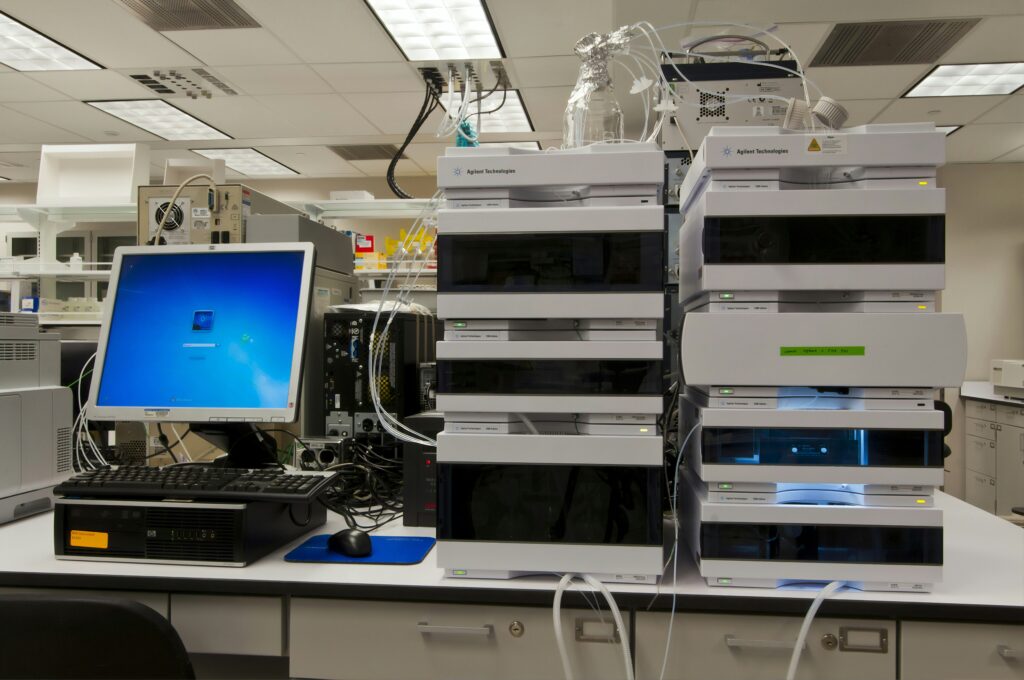
A groundbreaking study has unveiled that Arctic sea ice coverage over the past 300,000 years has been primarily influenced by atmospheric warming rather than ocean heat. This revelation, derived from cosmic dust sedimentation on the Arctic seafloor, offers crucial insights into the region’s current and future climatic shifts. As the Arctic continues to warm at an unprecedented rate, understanding these dynamics becomes increasingly vital.
The Arctic’s rapid warming is leading to a dramatic decline in sea ice, impacting marine ecosystems and coastal communities. The implications of this loss extend beyond the region, affecting global climate patterns and economic conditions. Despite these significant consequences, accurately predicting when the Arctic Ocean will become ice-free year-round remains challenging due to limited long-term sea ice records and incomplete understanding of the processes driving ice loss.
Innovative Geochemical Techniques Uncover Ancient Ice Patterns
To bridge the gap in historical sea ice data, Frank Pavia and his team have developed a novel geochemical technique. This method utilizes two isotopes—extraterrestrial helium-3 (3HeET) and thorium-230 (230Thxs,0)—found in Arctic Ocean sediments. These isotopes, originating from cosmic dust and oceanic decay processes respectively, accumulate on the seafloor at predictable rates under ice-free conditions.
During periods of sea ice cover, the deposition of helium-3 is obstructed, altering the isotopic ratio. By analyzing these ratios in sediment cores, researchers can determine historical sea ice coverage. The study reveals that during the last ice age, the central Arctic Ocean was perennially ice-covered. As the climate warmed approximately 15,000 years ago, ice began to recede, transitioning to predominantly seasonal coverage in the early Holocene.
Atmospheric Warming as the Primary Driver
The findings challenge previous assumptions that oceanic heat inflows were the dominant factor in past Arctic sea ice extent. Instead, the study indicates that atmospheric warming played a more significant role. This understanding is crucial as it suggests that future Arctic ice loss will likely be driven by atmospheric changes rather than oceanic temperature shifts.
Moreover, the study highlights a strong connection between sea ice variation and biological nutrient use. As ice retreats, surface productivity increases, suggesting that continued ice loss will enhance biological nutrient consumption. This has profound implications for the Arctic’s long-term marine productivity in a warming climate.
Implications for the Future
The implications of these findings are far-reaching. As Arctic ice continues to diminish, the resulting changes in nutrient dynamics could significantly alter marine ecosystems. Increased biological productivity may benefit some species while disadvantaging others, potentially leading to shifts in the region’s ecological balance.
Furthermore, understanding the primary drivers of historical ice loss provides valuable context for current climate models. By incorporating atmospheric factors more prominently, scientists can improve predictions of future ice coverage and its global impacts.
“The Arctic is warming more rapidly than any other region on Earth, driving a precipitous decline in sea ice coverage.”
As researchers continue to refine their models and techniques, the insights gained from studies like this one will be crucial in shaping effective climate policies and strategies. The Arctic’s future, and by extension the global climate, hinges on our ability to understand and respond to these complex changes.
Looking ahead, continued research and monitoring will be essential to track the evolving patterns of Arctic ice and their broader implications. As the world grapples with the challenges of climate change, the Arctic remains a critical focal point for scientific inquiry and environmental stewardship.






